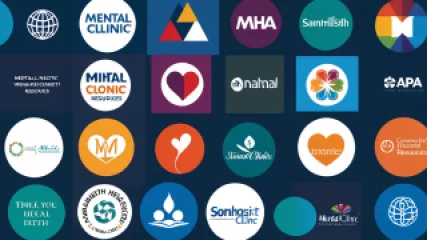The Impact of Social Networking on Mental Health: An Interview with a Therapist
hace 1 año
Impacto de las Redes Sociales
Improving Mental Health Access in Rural Communities: An Interview with Dr. Sarah Wilson
hace 1 año
Salud Mental en Áreas Rurales
Expert Insights: Overcoming Holiday Stress with Relaxation Techniques
hace 1 año
Estrés por las Fiestas
How to Handle Criticism: 7 Self-Reflection Exercises
hace 1 año
Afrontar la Crítica
How to Integrate Spirituality into Your Mental Health Routine
hace 1 año
Espiritualidad y Salud Mental
10 Proven Work-Life Balance Techniques for a Fulfilling Life
hace 1 año
Equilibrio Vida-Trabajo
Unlocking the Power of Animal-Assisted Therapy: A Step-by-Step Guide
hace 1 año
Terapia Asistida por Animales
The Power of Self-Empowerment: A Research Summary
hace 1 año
Poder Personal en Psicología
Ultimate Guide to Resolving Sibling Rivalry Issues
hace 1 año
Soluciones para la Rivalidad entre Hermanos
Top 10 Personal Power Techniques in Psychology
hace 1 año
Poder Personal en Psicología
Top 10 Mental Health Literacy Resources for Effective Coaching Services
hace 1 año
Alfabetización en Salud Mental
Effective Ways to Improve Emotional Health with Counseling Services
hace 1 año
Salud Emocional
Learning Self-Esteem Lessons from Books and Movies
hace 1 año
Salud Emocional
Exploring Spiritual Healing Through Book and Movie Lessons
hace 1 año
Espiritualidad y Salud Mental
Achieving Work-Life Balance: A Step-by-Step Guide
hace 1 año
Equilibrio Vida-Trabajo















